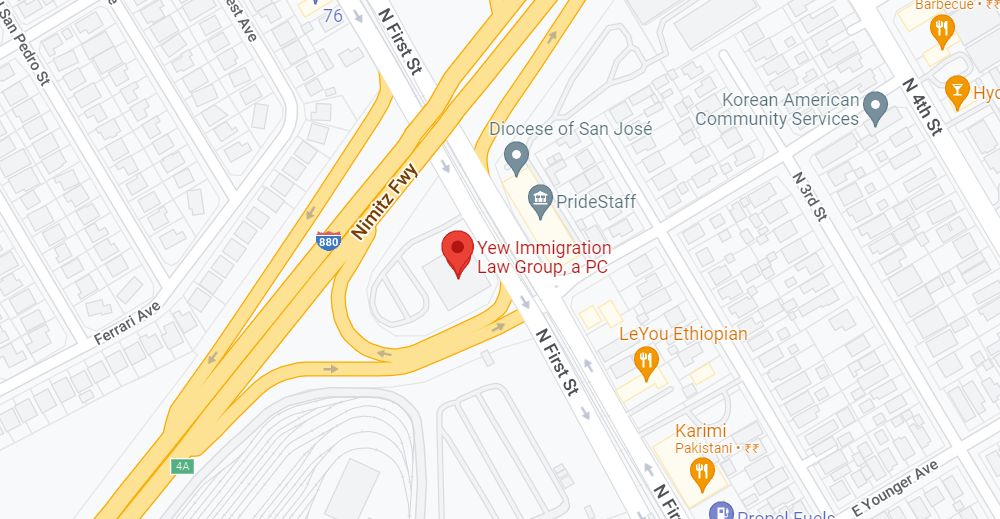If you work in science, technology, engineering or math (STEM), you may be wondering if the high demand for people in the STEM fields could help you immigrate to the United States. It definitely can.
Depending on your exact qualifications, you may qualify for one or more of these employment-based visas:
- EB-1A visa for people of extraordinary ability
- EB-1B visa for outstanding professors or researchers
- EB-2 visa for advanced-degree professionals and people of exceptional ability
- EB-3 visa for skilled workers, professionals and other workers
With one of these visas, you may be able to live and work in the U.S. indefinitely. These are immigrant visas, which means they allow you to become a lawful permanent resident (green card holder).
How do I qualify?
Each visa depends on your background and education. You will need to prove you qualify based on each individual visa’s criteria. Proving you are a person of extraordinary or exceptional ability, or an outstanding professor or researcher, requires collecting evidence and having your immigration lawyer make the argument.
If you might qualify for more than one visa, you and your immigration lawyer will choose which one to apply for on a strategic basis. The EB-1A and EB-1B are more preferred, so qualifying means you get a visa sooner. However, these visas have tougher criteria, as well.
How does getting a visa work?
The EB-1B, EB-2 and EB-3 visas all require you to get a job offer before you can apply. In the case of the EB-1A visa, you do not need a specific job offer but must demonstrate you will be working in the field in which you have extraordinary ability.
Once you have a job offer, in most cases, your employer will need to file a petition on your behalf. With this petition – with certain exceptions – the employer must file a permanent labor certification application. This certification shows that the employer has tried to find sufficient, qualified workers in the geographic area and cannot, and also that your employment will not affect the wages and working conditions of similar U.S. workers.
After the permanent labor certification application is approved, you will be put in a queue for a visa.
These are preference-based visas, with the EB-1A and EB-1B the most preferred. Those will be granted first and, if any visas remain, the next preference tier will be granted. There are some limitations on the number of immigrants per country, as well.
Once your visa becomes available, you can apply right away to adjust your status to lawful permanent resident.
How long will I have to wait?
According to the U.S. Citizenship and Immigration Services (USCIS), qualified EB-1A and EB-1B visa applicants should not experience any significant wait before a visa becomes available.
Qualifying applicants for EB-2 or EB-3 visas will generally receive visas, although there is a currently a limited number of visas available for people from China and India. Therefore, applicants from China or India will typically wait in the queue until the next visa for their country is available.
The United States needs and welcomes STEM professionals. If you are interested in moving to the U.S., contact Yew Immigration Law Group. We have years of experience helping people do just that.









